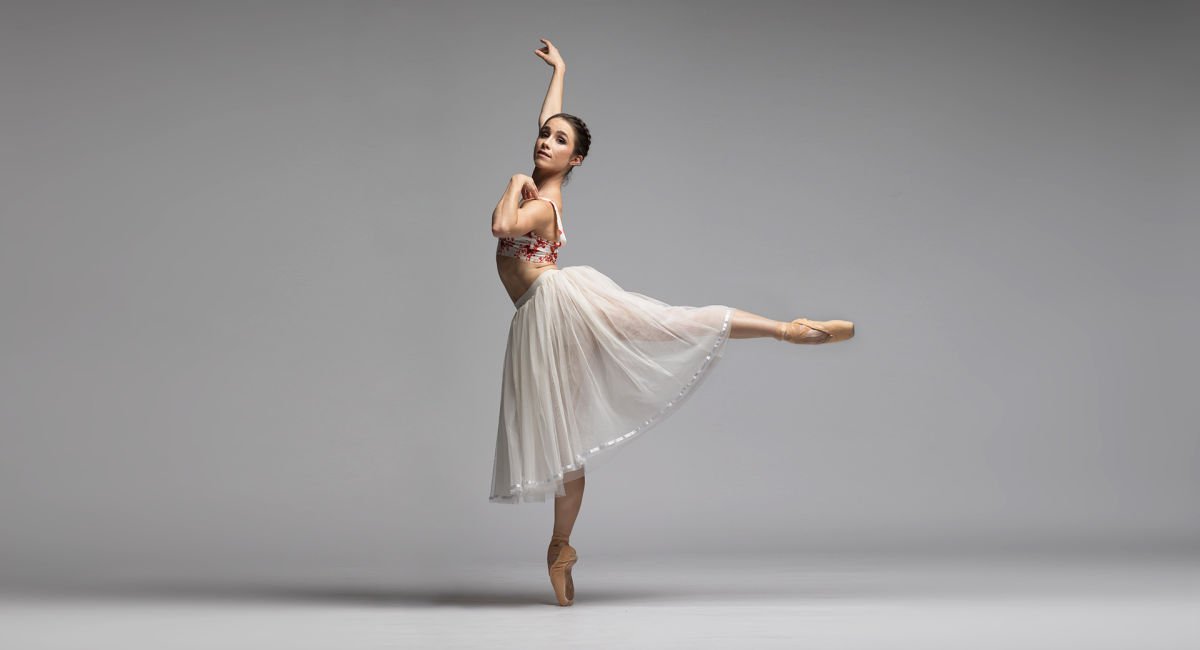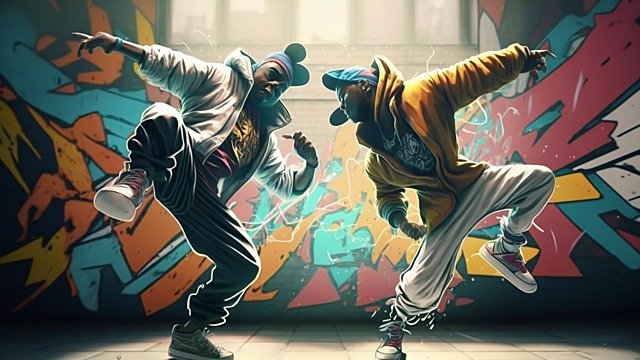Bharatanatyam is one of the oldest classical dance forms of India, originating in Tamil Nadu over 2,000 years ago. Rich in tradition and spiritual meaning, this dance style combines expression, rhythm, and storytelling to create a deeply moving experience.
What is Bharatanatyam?
Bharatanatyam is a dance of devotion. Originally performed in temples by women known as devadasis, it was a way to express prayers and stories from Hindu mythology. Today, it is performed both in temples and on global stages.
Structure of Bharatanatyam:
A traditional Bharatanatyam performance consists of a series of items that combine:
- Nritta – Pure dance (rhythmic movements)
- Nritya – Expressive dance (facial expressions and hand gestures)
- Natya – Dramatic storytelling
Each movement has symbolic meaning, and dancers use intricate mudras (hand gestures), facial expressions, and postures to convey stories.
Costume and Music:
- Bright silk costumes with pleated fans
- Jewelry, flowers, and elaborate makeup
- Carnatic music with vocalists, drums (mridangam), and flute or violin
Benefits of Bharatanatyam:
- Physical strength and flexibility
- Improved memory and coordination
- Cultural and spiritual education
- Emotional expression and mental focus
Bharatanatyam Today:
Though rooted in ancient tradition, Bharatanatyam continues to evolve. Dancers now perform modern themes and experiment with contemporary music while preserving classical technique.
Conclusion:
Bharatanatyam is not just a dance; it’s a journey through culture, faith, and storytelling. Its timeless beauty and depth make it one of the most respected and emotionally resonant dance forms in the world.


